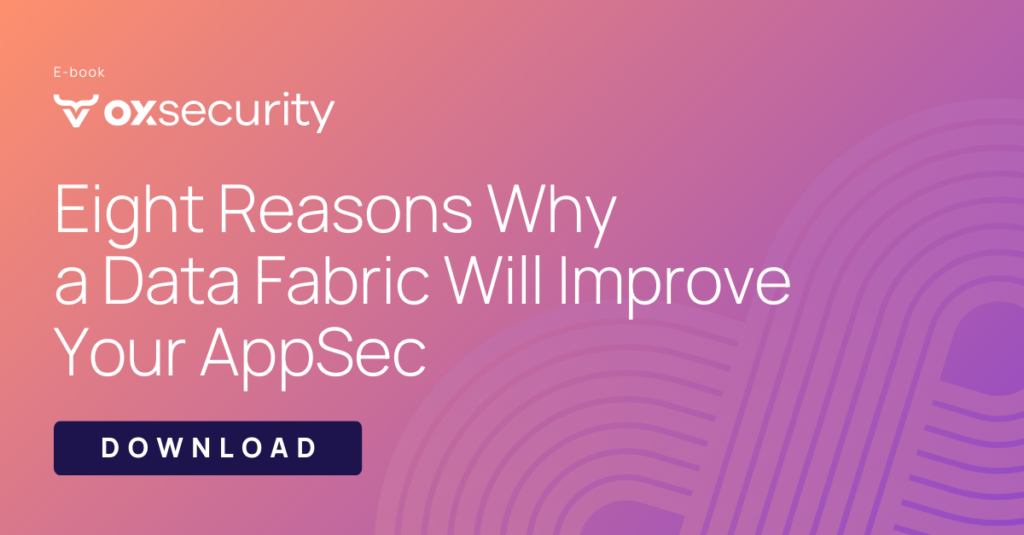Eight Reasons Why a Data Fabric Will Improve Your AppSec - E-book
Modern AppSec needs more than just fragmented tools—it demands a unified approach. A data fabric aggregates, normalizes, and enriches security data across your development lifecycle, empowering your teams to detect threats faster, reduce alert fatigue, and streamline remediation.
A data fabric also enhances:
- Vulnerability prioritization
- Automation
- Compliance
In this eBook, we outline eight reasons why a data fabric is the smarter choice for today’s AppSec challenges.
Download the eBook

